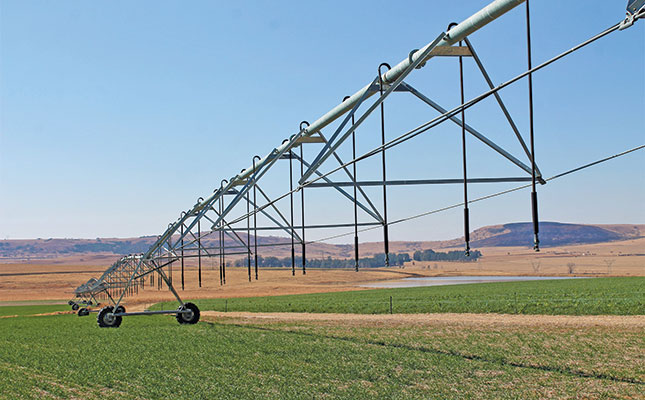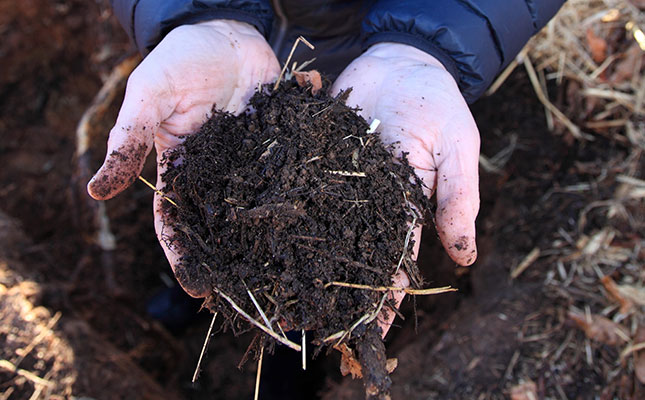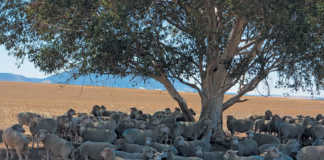
As I’ve explained before, the market value of slaughter livestock is directly linked to a few important factors. These are primarily fat grading, age of the animal, and type/conformation of the animal.
Younger animals generally sell for higher prices, but these and older slaughter stock must meet the minimum requirements in respect of carcass weights.
Read Get ready for the auction to achieve the best results
For example, a non-beef type breed like a Jersey cow may be fat, but if it produces a carcass of say only 130kg or 150kg, with fat unevenly distributed, such an animal will not be attractive to abattoir owners.
This is because the muscles will show poor conformation, may be unevenly covered with fat, and will generally be too small for a butcher to offer a decent steak cut to customers.
You will thus be paid considerably less per kilogram for such an animal than if you sell a beef-type animal that reaches a more desirable carcass weight of say 250kg, has good muscle conformation, and has evenly distributed fat.
Good but not excessive fat covering, in an even manner, is generally the most important factor to consider as a farmer involved in the production of slaughter livestock, and this also applies to sheep and goat carcasses, although goat markets purchasing animals to be sold live to customers for cultural or religious reasons may not be as fussy.
Judging the weight of animals
Quite a number of farmers are not well versed in judging the weights of animals and their fat grading while still alive, and this often leads to disappointment and financial loss when animals are slaughtered and carcass grades and weights fall short of minimum abattoir requirements.
Read Insights and bidding tips from top auctioneers
This is a risk if you have agreed to sell your livestock ‘on the hook’, which means that you are paid so much per kilogram of carcass weight. If you concluded a ‘live weight’ deal, this is safer and means that the buyer takes the risk of grades and weights being incorrect, and such a buyer would’ve already paid you when loading your cattle.
Basically, if you expect a good price, you should always be certain that your livestock is properly fat. This generally means that hip bones are not protruding or pointy, the ribs of the animal are not visible, the spine is not visible along the backline, and the brisket area is rounded and broad, rather than narrow and showing a thin flap of skin. Desirable cattle will also show a broadness of fat where the tail joins the body.
The importance of correct feed
Livestock in communal farming areas are generally fat in the summer months thanks to rain. When extending into winter, however, grass may become of poorer quality and in many regions enters a stage of dormancy so it ceases to grow.
Livestock then tend to drop off rapidly in condition and this drastically impacts on their value. It also affects their ability to breed properly and to nurture their young.
I have seen vast areas during these months that couldn’t sustain a handful of cattle or sheep while farmers expect to run numbers that often reach many hundreds. It is important to understand what quantity of grass is required for consumption by a cow or ox daily.
READ What to consider when mixing your own feed
While these percentages can become very complicated and do vary according to the type and quality of feed or grasses being consumed, generally, a communally farmed cow weighing about 380kg live weight will require about 2% of its body weight in feeding daily as a bare minimum; this translates to about 7,6kg of grass.
Thus, if you look at a grazing area and the grass is very short, of poor quality, or very sparse, it stands to reason that you will need to supplement your livestock’s feed in order to maintain their body condition.
Generally, this means that cows may each need a quarter bale of lucerne (small, square bales) daily, while big oxen will need one third of a bale.
If offering maize and protein-based concentrated feeds as an extra supplement in addition to the natural grazing, you can consider giving each cow 4kg daily and each ox 5kg.
If grass is of poor quality in your area, but is still in abundance, you can consider offering an extra maintenance lick or block that contains urea, as this will assist cattle and sheep to better digest the poor-quality grass.
Also remember that continuous access to good-quality drinking water is crucial and that urea supplements for sheep and cattle may differ in strength.










